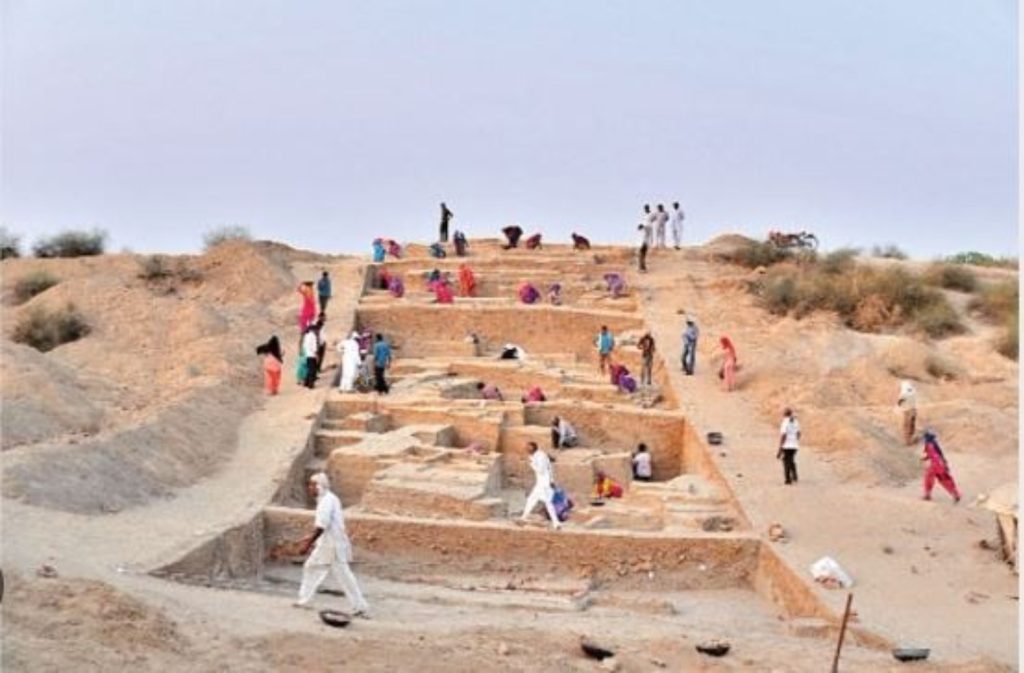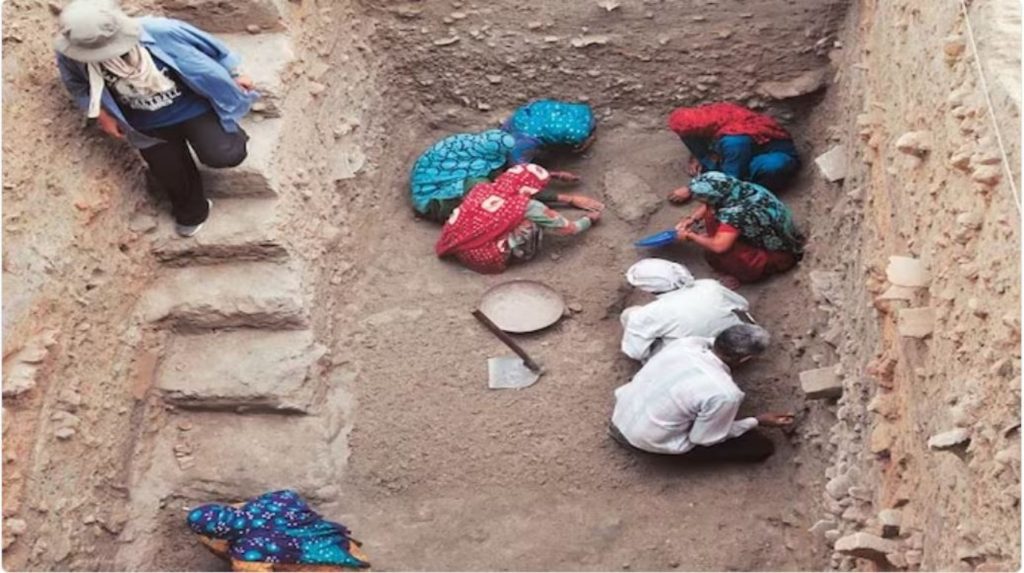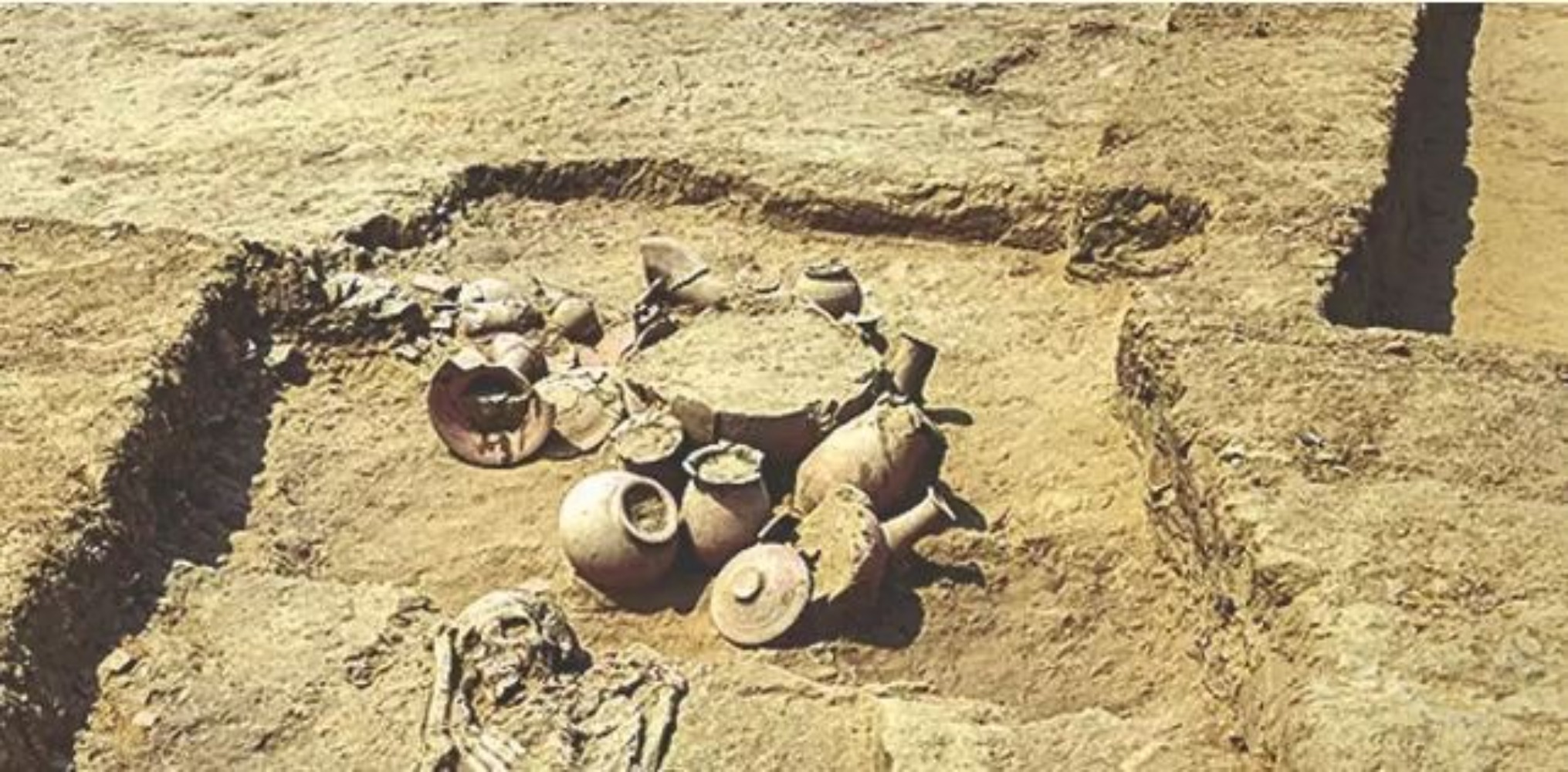The archaeological site strategically located within the proximity of the ancient river’s course, has become a focal point for researchers seeking to unravel the mysteries of this ancient civilization.

Pic: Social Media
In a groundbreaking archaeological discovery, recent excavations in Haryana have unveiled the remnants of three distinct occupational phases belonging to the enigmatic Saraswati-Indus civilization. It is one of the world’s oldest urban civilizations, dating back to approximately 3300 BCE to 1300 BCE.
To subscribe please click tau.id/2iy6f and access our live channel.
This revelation promises to reshape our understanding of ancient Indian history and shed light on the cultural, social, and economic aspects of this advanced civilization that thrived along the banks of the now-lost Saraswati River.
DON’T MISS: Centre to promote age-old craftsmanship
The excavation at Kunal in Haryana’s Fatehabad district has revealed the remains of “three successive occupational phases of the pre, early and mature Saraswati-Indus civilisation” which had a large expanse, the Centre informed Parliament on Thursday.

Findings from an excavation conducted by the Institute of Archaeology at Rakhigarhi in Haryana’s Hisar district during 2022-23 include a housing complex of mud bricks, evidence of drains, wells, street, hearth, two burials of mature Harappan phase, seals, beads of semi-precious stones, terracotta objects and figurines, chert blades, copper and gold objects.
The ASI conducts archaeological excavations regularly in different parts of the country as an ongoing exercise, the minister said. Excavation at Pan Supari Bazaar, Kamalapura, during 2021-22 and 2022-23 exposed the structures of the Vijayanagara period.
The excavation at Bewan, Patan, District Neemka-Thana, Rajasthan found significant archaeological vestiges from the Sultanate period to the ochre-coloured pottery period. The cultural phase denoted by the significant occurrence of grey ware with occasional occurrence of painted grey ware, black slipped ware, and northern black polished ware.
The excavation at Kunal, District Fatehabad, by the Department of Archaeology and Museums, Government of Haryana carried out in collaboration with the National Museum, New Delhi, and the Indian Archaeological Society, New Delhi.




